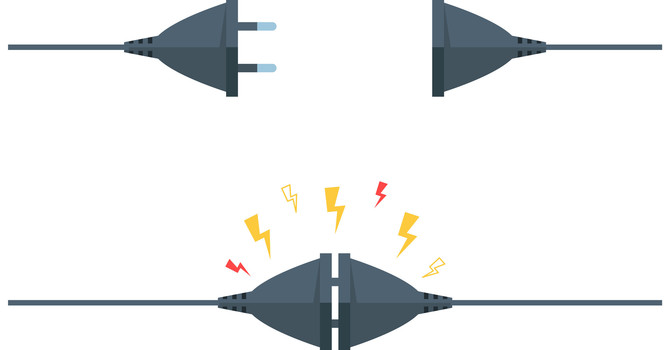
Back pain is incredibly common—and research shows that people with low back pain often have changes in their multifidus muscles compared to those without pain. In back pain patients, the multifidus muscle becomes significantly weaker and is replaced by fat over time. These changes tend to get worse as people have back pain for longer periods of time and with age.
What and Where Are Your Multifidus Muscles?
Imagine your spine as a stack of building blocks. The multifidus muscles are like a series of thin, strong straps running up the back of that stack—one strap between almost every pair of blocks. These straps:
- Stabilize each vertebra to prevent excessive wobble
- Engage instantly whenever you bend, twist, or even stand still
- Act as internal “shock absorbers” to protect your joints and discs
- Provide a substantial amount of stability to the spine
- Act as sensors to coordinate core muscle function
Why the Multifidus Matters
When your multifidus is firing in harmony with the rest of your core, it acts like an internal scaffold for your spine. The multifidus activates very early when spinal joints shift, providing immediate dynamic stability. After experiencing episodes of back pain, it has delayed activation, resulting in vulnerability to overload and pain
These deep muscles span two to five vertebral segments on either side of the spine. By holding each vertebra in perfect alignment, they reduce wear and tear on discs and facet joints, so everyday tasks—from bending to lifting—place far less strain on your spine.
Beyond raw strength, the multifidus is a neurological powerhouse. Packed with sensory receptors, it constantly monitors tiny shifts in spinal position and tension. That real-time feedback travels straight to your brain, triggering almost instant adjustments in spinal stiffness. As a result, your back can adapt to changing loads and protect itself from injury and pain—even during subtle movements like bending over to tie your shoes.
What Goes Wrong in Back Pain
After injury, your nervous system often ‘switches off’ the multifidus without you realising — called arthrogenic reflex inhibition.
In simple terms:
- After injury to the spinal joints and discs, the multifidus fails to activate properly, and the larger back muscles turn on for protection. The multifidus often remains inactive long after the pain has resolved.
- Leads to disuse atrophy and the muscle changing to fat.
- The muscle change from a type 1 muscle, built for endurance and stability, to a type 2 muscle that fires quickly but easily fatigue.
- Reduces neuromuscular control of your core muscles.
- Creates a cycle of recurring pain and instability.
How Chiropractic Care and Spinal Manipulation Activate the Multifidus Muscles
The good news is that most of these changes appear to be reversible over time with appropriate therapy. Spinal manipulation (restoring motion to specific spinal joints) as performed by chiropractors can have a notable impact on the multifidus muscles, especially in the context of back pain and spinal stability.
Here's how:
Neuromuscular Activation
Spinal manipulation has been shown to:
- Improve recruitment of the multifidus: It helps restore the muscle’s ability to activate properly, especially after injury or pain-related inhibition by stimulating muscle and joint sensory receptor nerves.
Mechanical Activation
- Restores movement of the restricted spinal joints that lie immediately under the multifidus muscles to stimulate the multifidus muscle activation.
Manipulation stimulates proprioceptive feedback from spinal joints, discs, muscles, and ligaments, triggering multifidus contraction to dampen stress and protect spinal structures. Think of it like rebooting a smart sensor in your spine so it can do its job properly.
- Studies using ultrasound imaging have documented increased muscle thickness and activation of the multifidus within 24 hours after spinal manipulation. The effects may be enhanced when combined with specific activation exercises.
- This suggests a rapid neuromuscular response, which may help reduce pain and improve spinal control.
Integration with Exercise
The success of exercise in reconnecting to your multifidus muscles is significantly enhanced when combined with chiropractic treatment.
While spinal manipulation can help "wake up" the multifidus, long-term improvement typically requires targeted exercises to build strength and endurance in conjunction with your treatment.
Be prepared to work on this for a while. Like any muscle, the multifidus needs regular practice over months to regain neuromuscular control, strength, and endurance. Research on the effectiveness of back muscle exercise often indicate that this requires 8–12 weeks of continuous exercise.
Your multifidus muscles may be small, but they play an outsized role in keeping your spine stable and pain-free. By understanding their function, recognizing what goes wrong, and following a targeted treatment and exercise plan, you can regain strength, break the pain cycle, and move with confidence, getting back to the activities you love.
The multifidus muscles in your neck are also implicated in chronic neck pain, though the research is still emerging. More on that later…

Dr. David Olson
Contact Me



